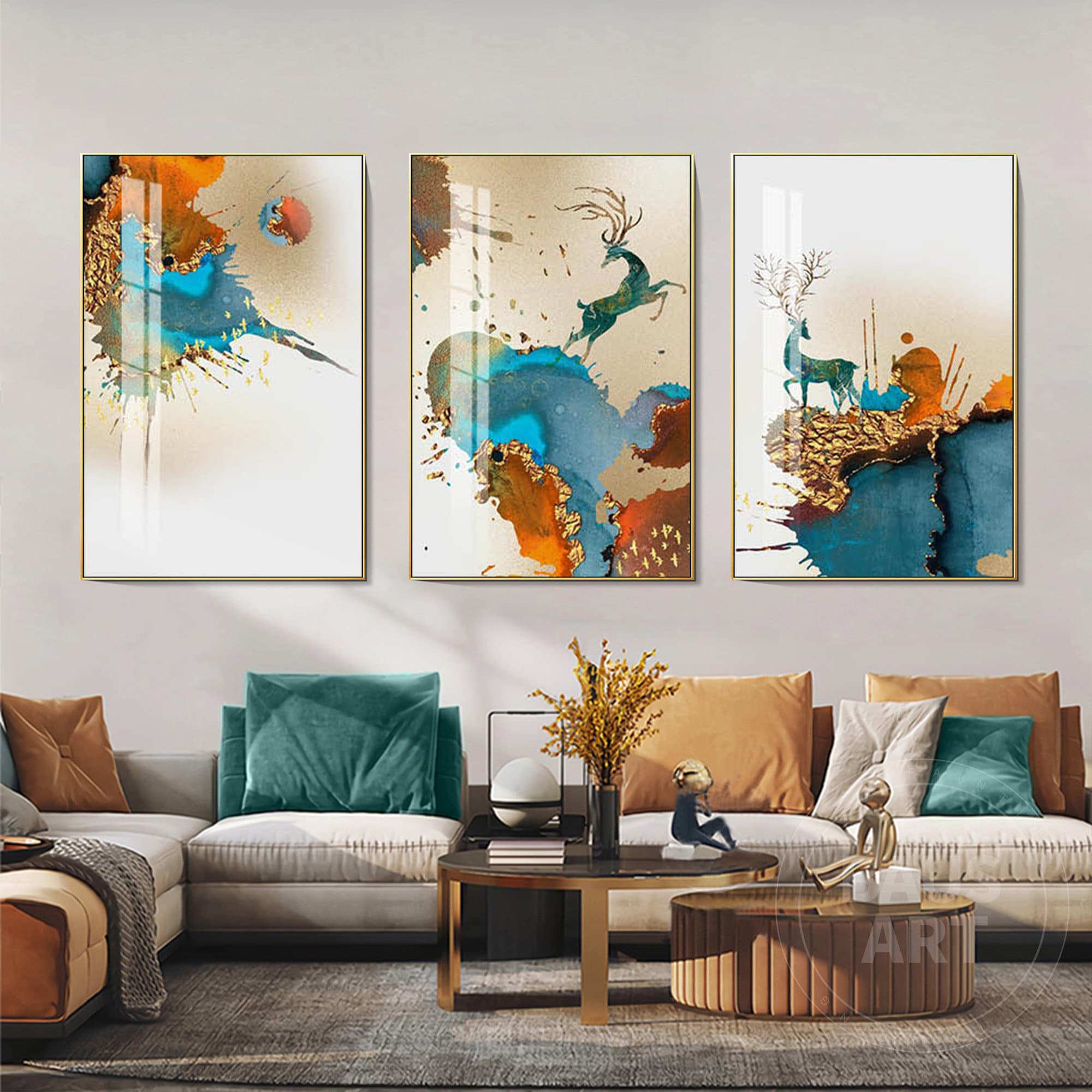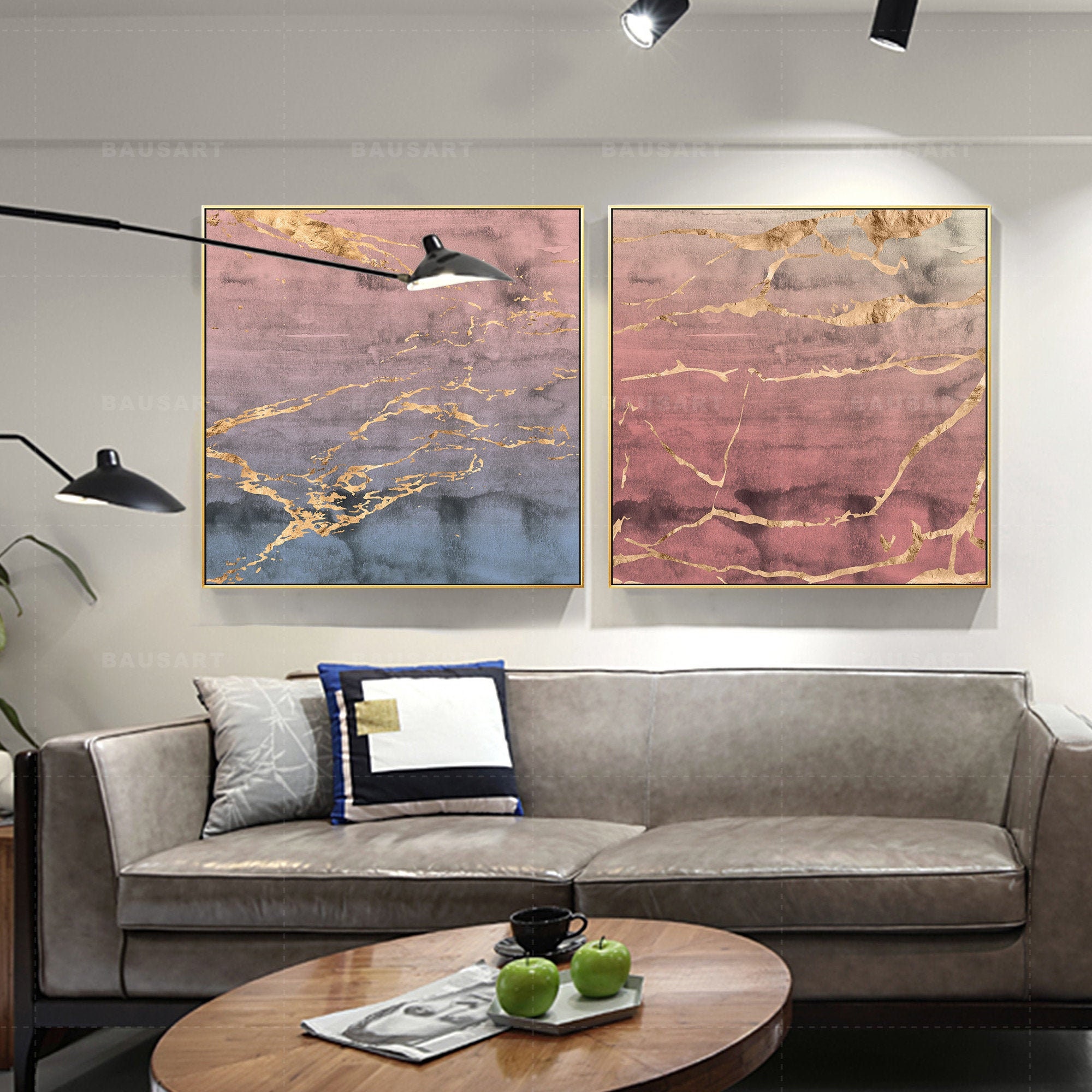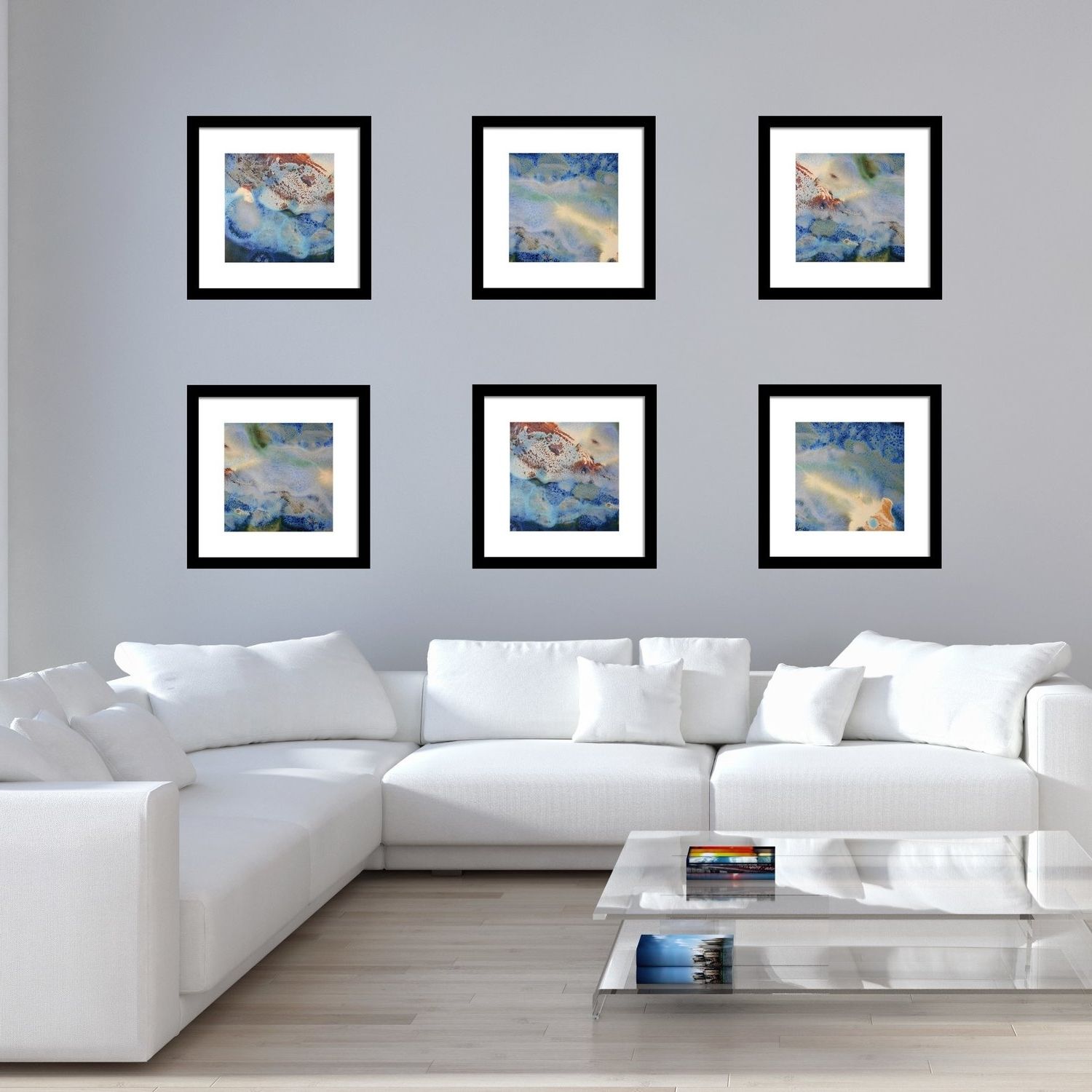Types of Framed Art

Framed art is a versatile and elegant way to add personality and style to any space. Whether you’re looking for a classic or modern look, there’s a framing style to suit your taste. Here are some of the most popular framing styles and their characteristics:
Classic Framing
Classic framing is characterized by its timeless elegance and understated beauty. Classic frames are typically made from wood, with a simple, clean design. They come in a variety of finishes, including gold, silver, and black. Classic frames are a great choice for traditional or formal settings.
Guys, I know you love framed art, but let’s be real, sometimes you just need something that’s a little more… energetic. That’s where soccer wallpaper comes in. It’s like having your favorite team on the walls of your home, cheering you on every time you walk in the room.
And the best part is, it’s way cheaper than buying a framed print of your favorite player. So, next time you’re looking to spruce up your walls, consider soccer wallpaper. It’s the perfect way to add some excitement and personality to your home.
Modern Framing
Modern framing is characterized by its sleek, minimalist design. Modern frames are typically made from metal or plastic, and they come in a variety of shapes and sizes. Modern frames are a great choice for contemporary or industrial settings.
Rustic Framing
Rustic framing is characterized by its natural, earthy look. Rustic frames are typically made from wood or metal, and they often have a distressed finish. Rustic frames are a great choice for casual or country-style settings.
Displaying Framed Art

Once you’ve selected the perfect framed art for your space, it’s time to display it to its best advantage. Here are a few tips to help you choose the right location, lighting, and arrangement for your artwork.
Choosing the Right Location
When choosing a location for your framed art, consider the following factors:
- Traffic flow: Avoid placing artwork in areas where it will be obstructed by furniture or foot traffic.
- Natural light: If possible, place artwork in a location where it will receive natural light. However, avoid placing artwork in direct sunlight, as this can damage the artwork over time.
- Artificial light: If you’re displaying artwork in a room with artificial light, make sure to use a light source that provides even illumination. Avoid using harsh or direct lighting, as this can create glare and shadows.
Framing Custom Artwork: Framed Art

Framing custom artwork is an art form in itself. It involves selecting the right frame, matting, and other materials to complement and protect your artwork. Here’s a step-by-step guide to help you frame your custom artwork like a pro:
Selecting the Right Frame, Framed art
The frame you choose should enhance the artwork without overpowering it. Consider the style, color, and texture of the artwork, as well as the overall décor of the room where it will be displayed. For example, a modern painting might look great in a sleek, metallic frame, while a vintage print might be better suited to a classic wooden frame.
Types of Matting and Its Role
Matting is the material that surrounds the artwork and separates it from the frame. It serves several purposes, including protecting the artwork from dust and moisture, providing a neutral background to enhance the artwork, and creating a sense of depth. There are various types of matting available, such as acid-free matting, which prevents the artwork from yellowing over time, and double matting, which creates a more dramatic effect.
Tips for Preserving and Protecting Framed Artwork
Once your artwork is framed, it’s important to take steps to preserve and protect it. Here are a few tips:
– Keep framed artwork out of direct sunlight, as UV rays can damage the artwork over time.
– Maintain a stable temperature and humidity level in the room where the artwork is displayed.
– Clean the frame and glass regularly with a soft, dry cloth.
– Avoid touching the artwork directly, as oils from your hands can damage the surface.
– If the artwork becomes damaged, consult a professional conservator for repairs.
By following these tips, you can ensure that your framed custom artwork will last for years to come.
Framed art is like a cherry on top of a sundae. It adds that extra touch of personality to your home. If you’re not sure how to choose the right framed art, don’t worry! There are plenty of interior designers near me who can help you out.
They can help you find the perfect pieces to complement your home’s style and personality. And with framed art, you can easily change the look of your home without having to do any major renovations.